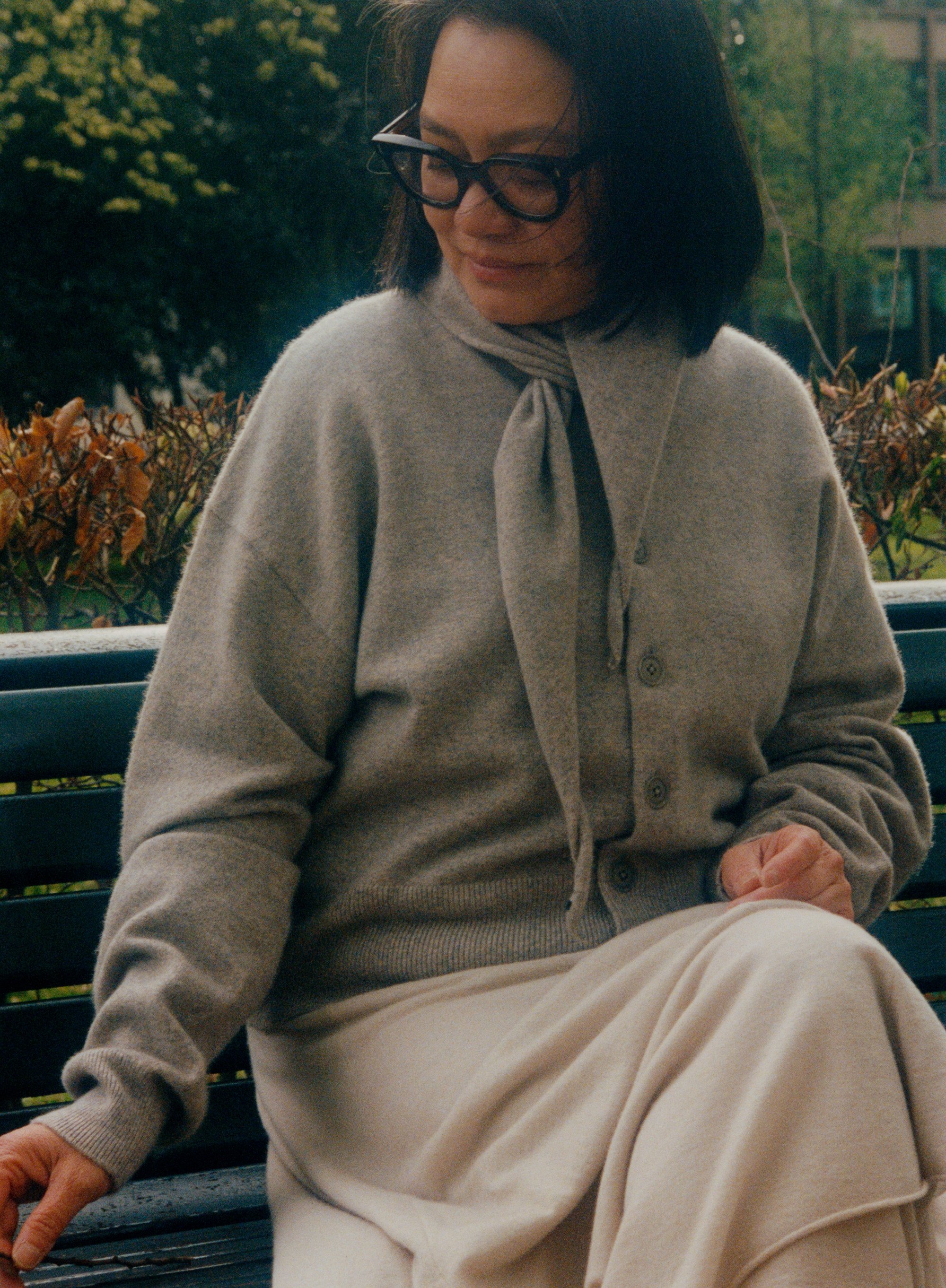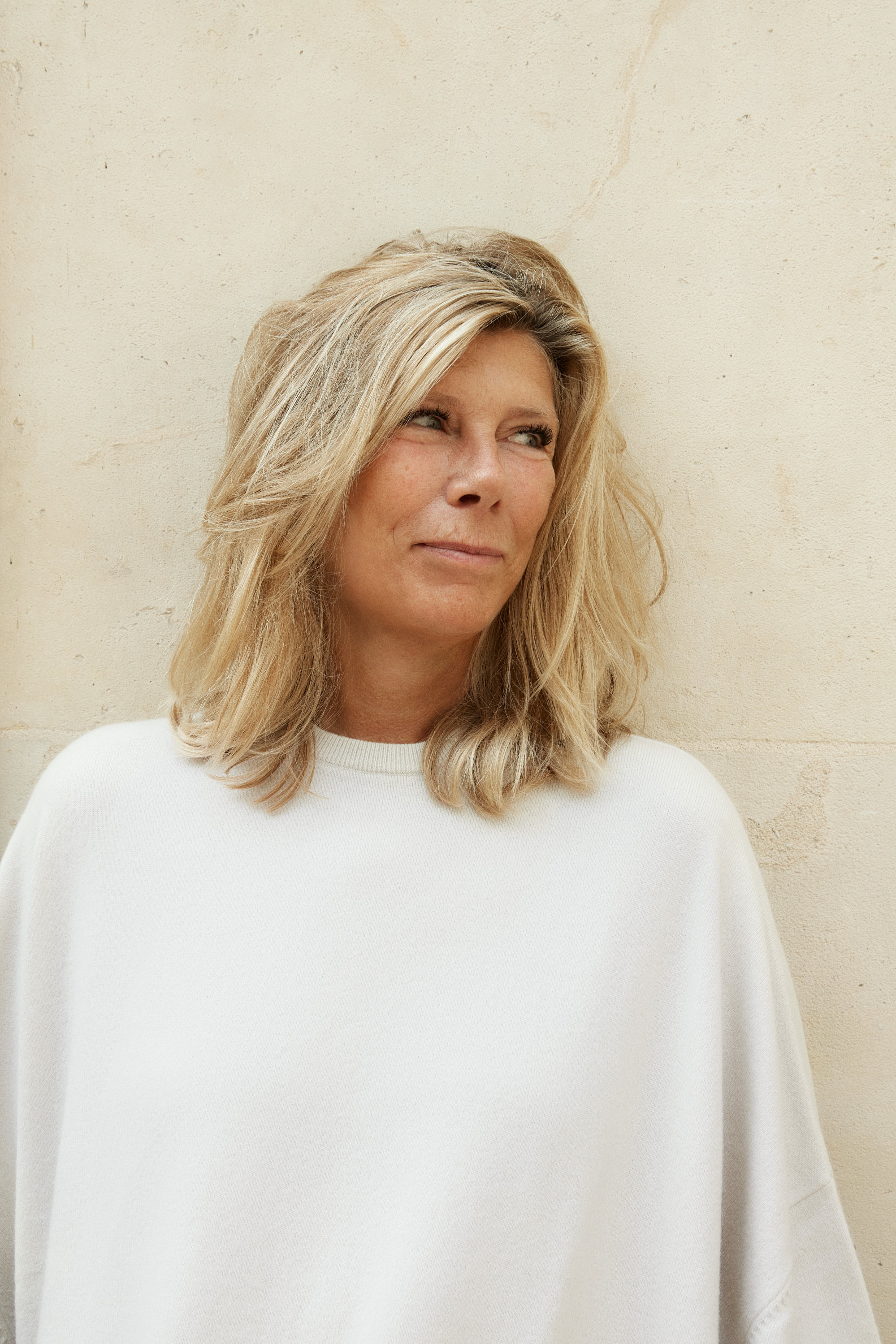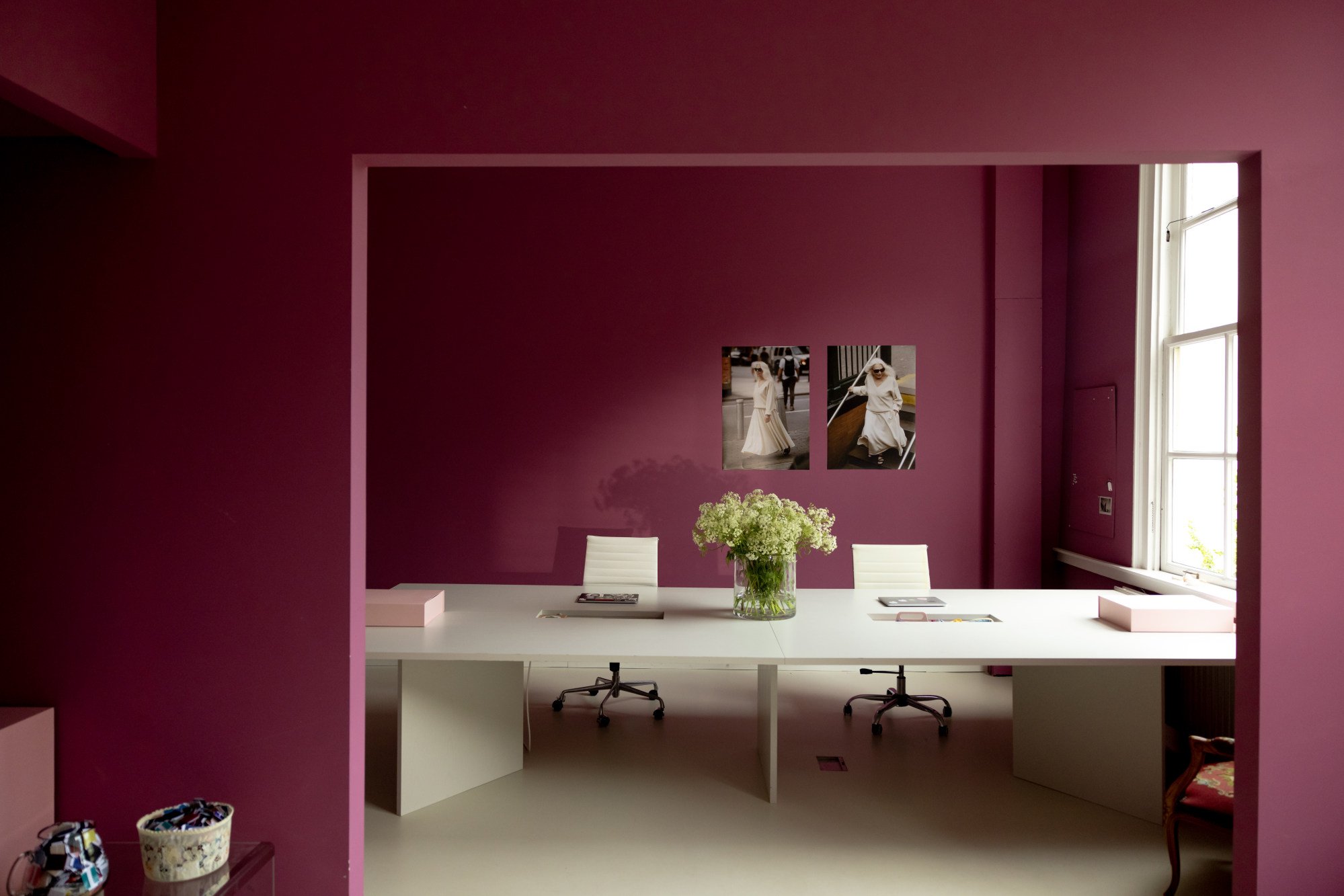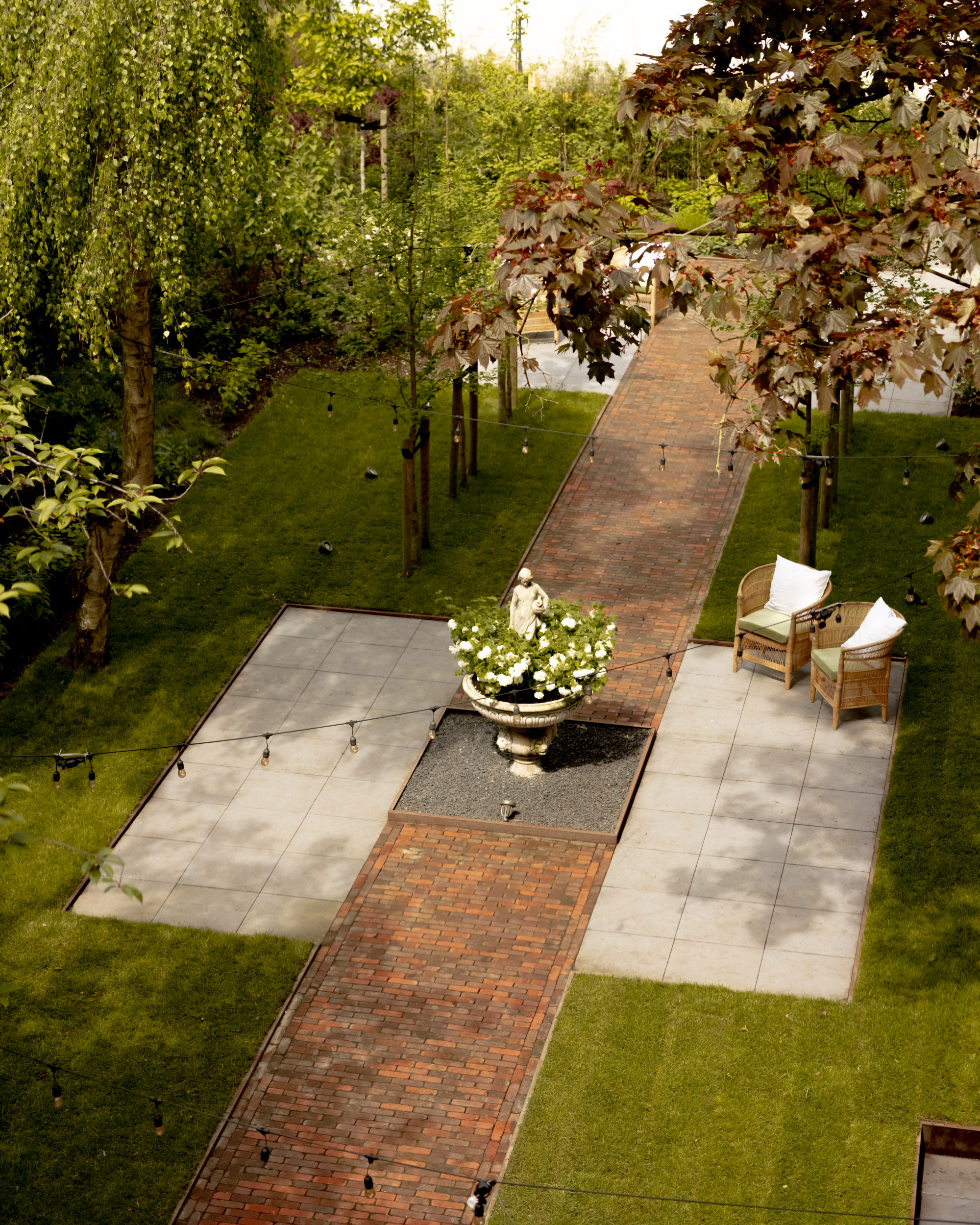“We made a few sweaters and, when the first sample arrived, my mum wanted it, my brother, my stepsons – everybody. They were all of different heights, ages and genders. So, it started with that sweater,” says Dijkstra, who started out devoting 90 per cent of her time to her work as an agent and 10 per cent to Extreme Cashmere.
Eventually, the latter took over.

Now, Dijkstra and her team create and sell an array of colourful cashmere that is packed with personality and off-kilter charm.
In theory, one could wear the brand’s cashmere from head to ankle – and, having touched the items in question, you will certainly want to.
In the brand’s canal-side offices – just as colourful as its cashmere – Dijkstra and her branding manager, Wies Verhoofstad, sat down with the Post to chat about the founder’s years in Hong Kong, the made in China label and building a close-knit team.

What drew you to Hong Kong and convinced you to move there?
Dijkstra: It was the energy. I just remember the first day I was standing by the Star Ferry, with blue skies – it was 1993, and I felt so good. I knew I wanted to stay.
I bought my first boat in 2000 and sold it in 2018, though there was a gap in between. I had another boat with the number 866, which is why it’s in my email [ …].

Why Extreme Cashmere as a name?
Dijkstra: A friend came up with that name and we’d been looking for so long. We tried to change it so many times – nobody liked it. But now we love it because it’s exactly what the brand is.
Verhoofstad: It’s super straightforward, there’s no fuss – that’s what we’re doing.
Did you make a conscious decision to put a twist on ‘traditional’ cashmere?
Verhoofstad: I do think it’s a conscious decision in the sense that we try to put cashmere in a different context where it usually isn’t.
Taking something you wouldn’t normally have in cashmere, and making it in cashmere. That’s what makes it surprising, relevant and quite modern.

Dijkstra: I remember the time we were in a restaurant in Paris, it was early on. [Verhoofstad] was wearing the Cool Hop [jumper] with the tube top as a belt, like a kimono shape. But she goes to the ladies, comes back and she’s wearing the tube as a top to go to a club.
That’s what I love – you can play with it and look good anywhere.
I would love to chat about manufacturing in China. Do any customers bristle when they see your price points and that products are made there?
Dijkstra: They’ll ask where a piece is made, and I know where the conversation is going and it actually hurts me. I know sometimes the team is thinking, “Oh s***,” because I’m so sensitive to it, it’s so not right.
People are very ignorant, and some people still think there are children in the factories in China; I’ve never seen a child and I’ve seen hundreds of factories. It’s time to inform and show people.

You told us yesterday that you never use mood boards when designing. Why?
Dijkstra: I’ve seen so many in my life, and so often there are photos of other brands on them. I don’t want to look at other brands; I don’t want to have that influence.
The design days are my favourite days because there are no boundaries. We can do anything. I don’t think we have competitors and I don’t want the team to think like that.
You have built such a balanced work culture. How did you do it?
Dijkstra: I need it myself, I think; it starts with that. For me, food is important and I don’t like the Dutch lunches; my mum would make me these cheese sandwiches, where the cheese was too thick and there was too much butter.

When we moved into our previous office, [Verhoofstad] started working with us, and I would shop for lunch and she’d cook. We’d spend two hours a day shopping, cooking, cleaning. More people came and we continued with these lunches.
At some point, [Verhoofstad] didn’t have the time any more so someone else came to cook for us every day and we’d try to eat all together.
Verhoofstad: I think the company culture is like this because the people who were there at the beginning, most of them are still here. We’re very close and it carries forward to the rest. It’s a pattern.

